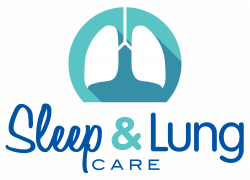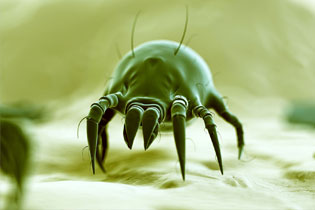Dust mite allergy
DUST MITES are small insect that colonize bedding, sofas, carpets, or any woven material. Dust mites do not bite, and aside from causing allergic disease, they are not known to pose other harm to humans. Neither dust mites, nor their debris, can be seen under normal circumstances.
Dust mites absorb humidity from the atmosphere and feed on organic matter (including shed human and animal skin particles). They require nests to live in, a source of food and sufficient humidity.
Air filtration plays a very little role in controlling exposure to dust mite. Instead, exposure is believed to occur primarily by close proximity to dust mite debris during time spent in bed, on the floor, or on upholstered furniture.
Dust mite avoidance has been shown both to decrease symptoms and to decrease acute episodes of asthma that require treatment in a hospital in people who are allergic to dust mites.
Tips for avoiding dust mites in your home
First: Bedroom- Cover your pillows and mattresses with special zippered covers that keep dust mites away from you.
- Every week, wash your sheets, pillowcases, and blankets in hot water with detergent or dry them in an electric dryer on the hot setting. If possible, do not use a comforter. Instead, use a blanket that can be washed.
- Use washable, vinyl, or roll-type window covers.
- Remove clutter, stuffed animals and other soft toys, and fabric-covered furniture. If you cannot take the stuffed animals out of the bedroom, wash them every week.
- If possible, remove carpets. Instead, use area rugs that can be cleaned or washed.
- Try to reduce the amount of fabric-covered furniture you have, especially old sofas.
- If possible, replace carpets with (noncarpet) flooring. This includes carpets on concrete slabs or over poorly ventilated crawl spaces.
- Every week, vacuum the house with a vacuum that has a “HEPA filter.” For cleaning floors, use a mop rather than a broom.
- Use washable, vinyl, or roll-type window covers.
- Make sure that the humidity in the home is less than 50%. Do not use a humidifier.
- People with allergies and asthma do not usually need to move, except if they live in a basement or in a home that is very damp and wet.
- If you are allergic to dust mites or mold, you might have fewer symptoms if you move to:
- An apartment on or above the second floor.
- A home with wooden floors and bedrooms on the second floor.

